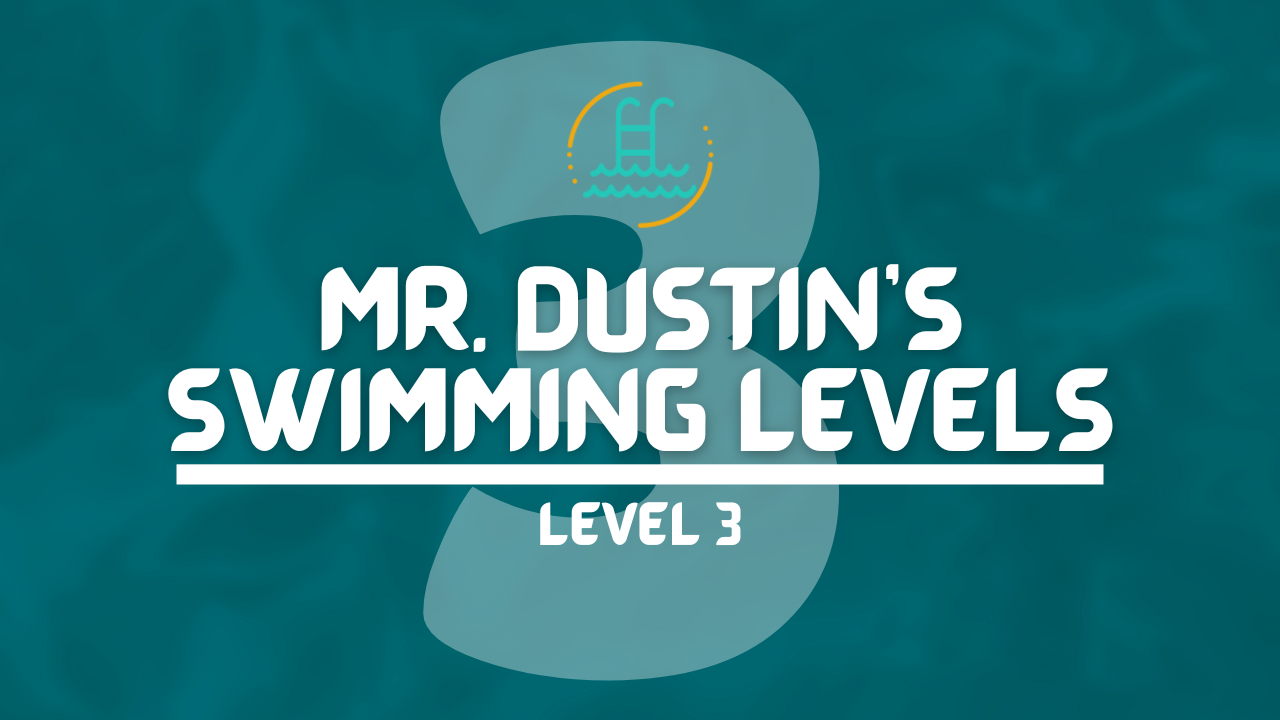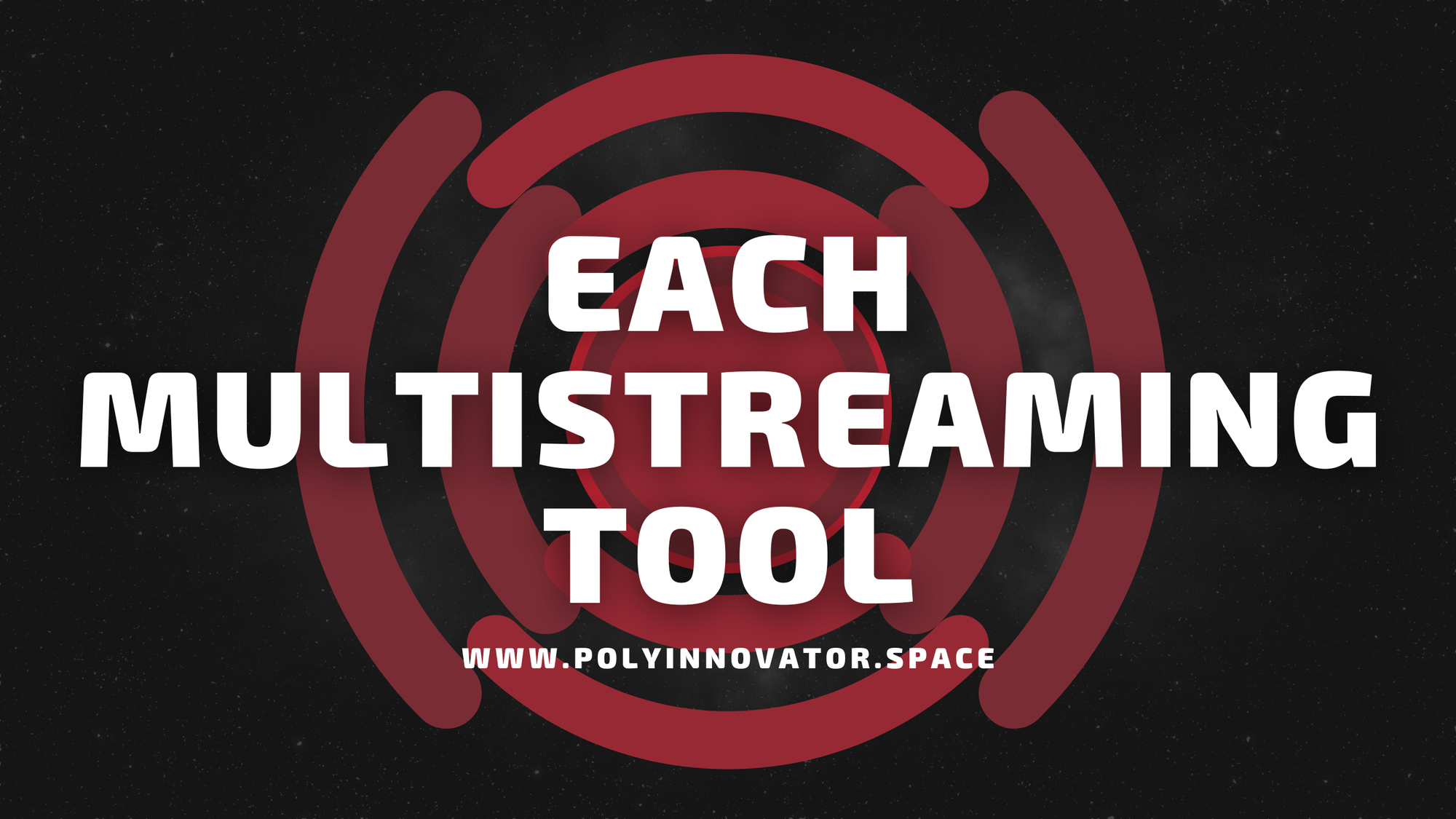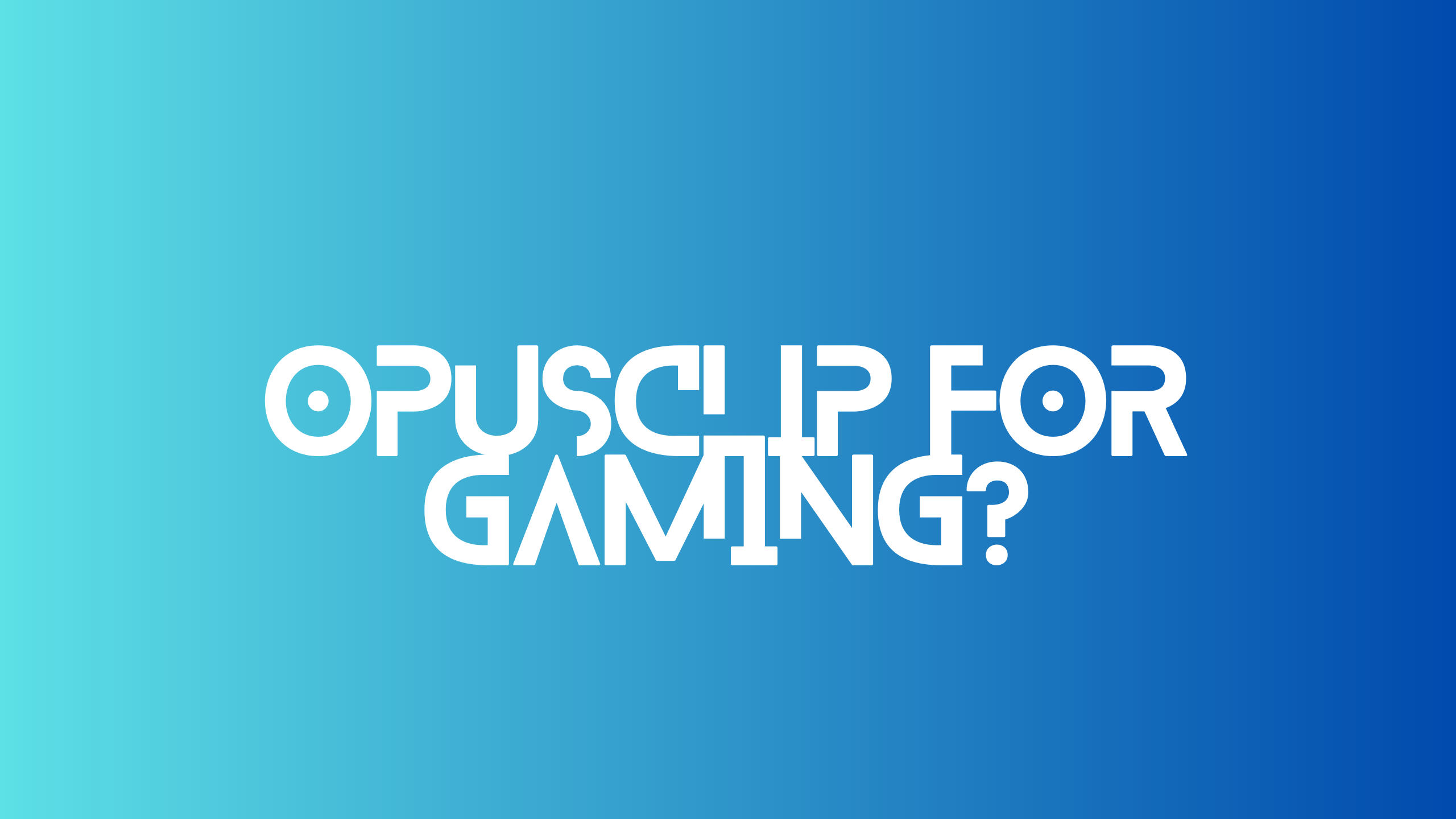This is part 3 of a collection of posts for each of my swimming levels for the Mr. Dustin's Swim Academy. If you feel like this level isn't for you. Then I encourage you to check out the other levels, or the complete list, via the swimming tag!
This level is simply a continuation of Level 2. You take all that you learned in the previous Level, which were introductory anyways. Then you learn how to properly do the movements.
While I'll tell you in the last level how to do them, and correct any mistakes that might happen. Perfection isn't going to happen when you're still mentally trying to figure it out.
In this level you are focused on Self-Reliance (meaning you will be doing more self-correction WHILE you swim), and Competency (meaning you will be improving your form a lot more).
An Increase to Your Confidence
Level 3 requires a level of self-confidence, and the ability to swim around 25 yards on their own with at least frontcrawl stroke or more.
That was essentially one of the main criteria to pass in the "ARC" level system, and I thought it was quite fitting. Being able to swim essentially the distance of the lap pool one way, on your own.
Point of this endeavor is to increase your distance of swimming, while you don't necessarily know how to breathe just yet. Meaning you increase your lung capacity, strength, and in turn your confidence.
Understanding Good Air and Bad Air for Longevity
More practice with sinking and floating, with learning about the carbon dioxide and oxygen cycles ("good air and bad air"), and the back float transitioning to backstroke (alternating or elementary depending on student).
Since you're already working on floating more in this stage, then it translates well into backstroke. Being able swim onto your back.
Generally, I'm not too rigid on which style of backstroke you learn either. You'll either do a BackCrawl, which is basically the opposite direction to the FrontCrawl, with alternating arms.
Or you'll do a reverse Butterfly stroke (Introduced in Level 4), which means both arms being used at once.
Some folks prefer one or the other, and each person is different.
As for the breath control, this goes back to the idea of having good air, or oxygen. Alternatively, having bad air, or carbon dioxide. The longer you hold in your breath, the more the good air turns into bad air.
That alone if you understand it well, will then increase how long you can be underwater. As you are more aware of what happens in your lungs, and the longer you are underwater the more you can practice.
Perfecting Glides
Glides improving dramatically more, swifter, smoother, and getting started on backglide. This is something I've held students back for if they don't get them right. Gliding is just as important, if not sometimes MORE important than swimming.
If you start poorly, then you're gonna spend the whole time of swimming; Simply trying to fix the bad start. Meaning you don't get any actual good practice out of that distance of swimming.
There are multiple steps to gliding, and while they all matter. The basics goes as follows:
- Sink
- Turn
- Push
Sinking helps you stay down, and get to the right elevation in the water. Turning adjusts your angle to aim to where you need to go. You are simply turning forward. Finally, you push off like a rocket, parallel to the floor.
The full set of steps are:
- Hands out
- Butt against the wall
- Sink down
- Turn forward
- Lift your feet as you turn
- Push Out
- Kick
In addition to working on front glides, the back glide will be introduced as well.
Breaststroke with multiple kicks + introduction to dolphin kick.
While in the previous level you would have learned the arms to the breaststroke. You more than likely hadn't learned the legs, or even if you did, you didn't have much practice with them.
So you'll learn the proper way to kick for this stroke, and start interchanging them during practice sessions.
Then regardless of stroke, and more than likely without any arms at all. You'll learn the dolphin kick.
Otherwise known as the mermaid kick, as your feet are tied with an imaginary rope. You're kicking with the full strength of your legs. I do not encourage the knees being bent for this kick, just like the FrontCrawl stroke, your legs are straight. However there is a bit more looseness to them compared to that stroke.
I often do the breaststroke with the dolphin kick, as it is my favorite way to do that stroke.
Finally, Learning to Breathe... Maybe
An introduction to breathing if not done already, with a practice of timing with the arms. The timing to breathing compounds based on how well you are doing your 3 Steps.
If you fail at any one of the steps, then you are really just not going to be able to breathe. Sure you might get a slight grasp of air, but you really need a full inhalation.
If your legs don't kick well, then you'll sink.
If your face is up, then you'll sick.
If you arms aren't moving well, then you'll slow down... and then you'll sink.
If you sink at all, then it basically makes the act of breathing near impossible. While I'm being dramatic, it is just better to learn how to do it with great form, than to just flop around like a fish.
![Official Website for Dustin Miller PolyInnovator [LLC]](https://polyinnovator.space/content/images/2025/03/polyinnovator-logo-2024.png)











